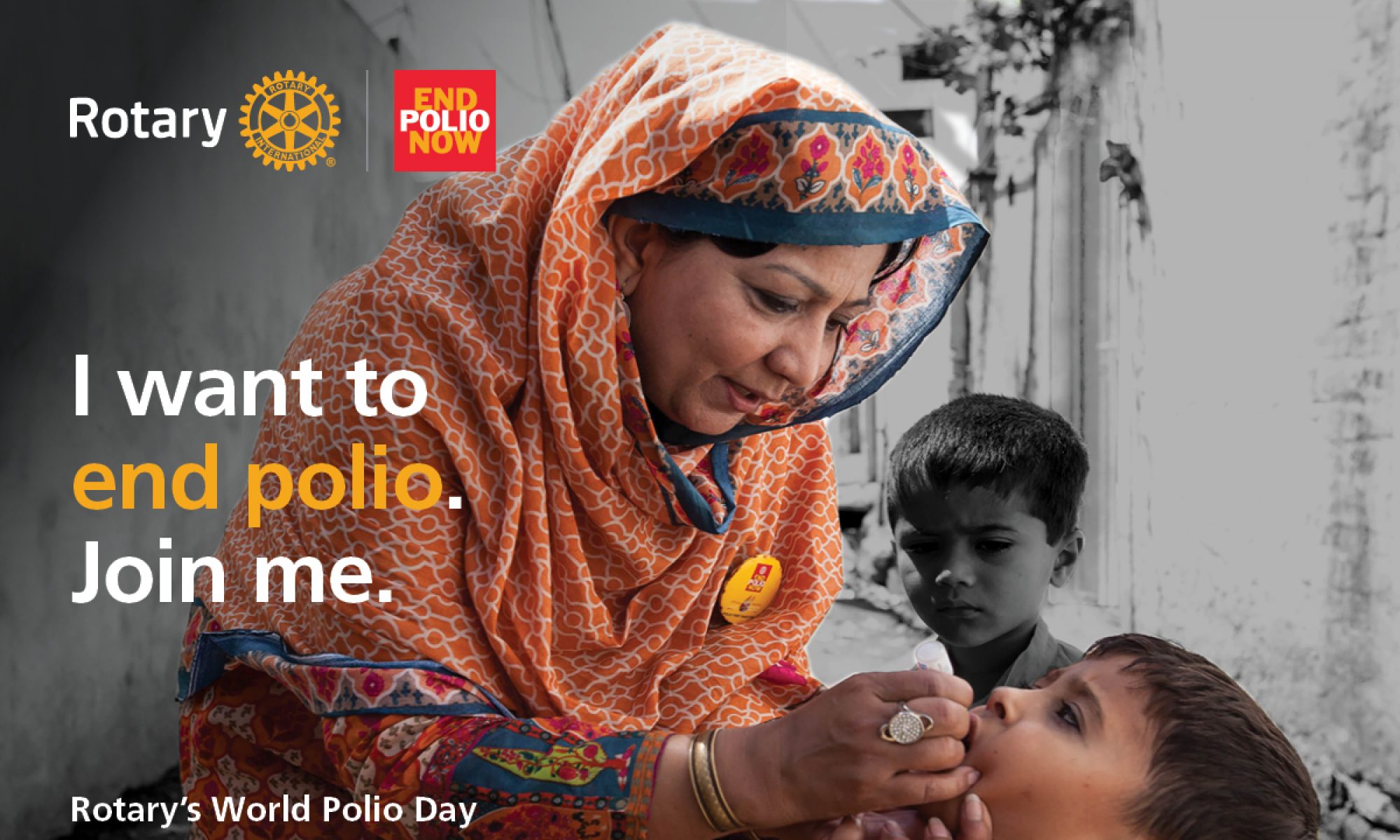Rotary Global Grant GG1864468: Additional application information needed
==//==//==//==
———- Forwarded message ———-
From: Cathleen Evans
Date: 2017-11-16 5:58 GMT+08:00
Subject: Rotary Global Grant GG1864468: Additional application information needed
To: su_alan@hotmail.com, taiwan1962s@yahoo.com.tw
Cc: bv5af73@gmail.com, prasart.cargothai@gmail.com
Dear Rotarians:
Greetings! The Rotary Foundation received your global grant application GG1864468: Effective Filtration System for Sustainable Drinking Water. I carefully reviewed your application. I appreciate the time and care you put into completing it. Now that I have an idea of what you have planned, I have some specific questions that will help us determine whether your application is eligible for global grant funding. The Foundation has a lot of experience with a wide variety of projects. For that reason, I will also ask about some best practices that we have seen improve the impact and success of projects like yours. Our goal is to help you secure funding for your project while ensuring that you benefit from what we have seen work well.
With that in mind, please provide the following information or documentation:
Schools
What is the current clean water infrastructure in the targeted communities and schools? Is a water system in place currently? For example, is it insufficient for the needs, has it fallen into disrepair, or is there another reason it is to be replaced or supplemented by this grant?
Provide details on how students, parents, and teachers were involved in the assessment that determined the water and hygiene needs at the schools
Are the schools within the host district boundaries?
Provide a list of the schools and their locations
The letters from schools are not appearing in the attachment sections of the application. Please submit the letters collected from each school that confirms they request filtration systems and will provide long-term funding for the operation, maintenance, and repair of systems
Explain if a governing body, such as a water management committee, is in place or will be created at each school. Ultimately, these committees will assume responsibility for the management of all water systems, education and training as well as provide financial oversight. Please note that a governance committee is not the management committee for the project
Water access and supply
Why was a membrane filtration system selected as the best fit for the schools and communities? Explain if other filtration technologies considered. Who selected this membrane filtration system
Membrane filtration is not effective for chemicals, pesticides, or heavy metals. What water quality testing was done to determine the quality of the water and how did you use the results?
Membrane filtration may also require additional pre-filtration steps or more frequent cleaning if the water is turbid. Explain how this was (or was not) factored into the project design.
What is the current hygiene education practice in the schools?
Explain how the hygiene education and behavior change activities proposed in the project are responding to need/gap/area identified through the assessment
Complete the attached template to provide details on each of the following training programs:
The operation and maintenance training for filtration systems.
The hygiene training. As the project is working with schools, ideally the training program will include a focus on building the teaching skills of teachers to successfully implement hygiene education and develop healthy habits among students.
The safe water storage training
When completing the charts be sure your chart includes detailed answers to the below questions. Remember — we’re looking for comprehensive details of each training, not general ideas
Each chart should:
Provide either a curriculum or at minimum a list of training topics and methodologies that will be used
Identify the trainer(s) and explain why they’re qualified to facilitate the training (see below note)
Identify the exact audience of the training
Identify how the training will be tailored to the learning needs of students and adults. As there are different learning needs through age-groups, training should be different.
Include how frequently the trainings will be held (include refresher trainings)
Include how long will each session will be (hrs) and how many session training
Include the educational and campaign activities that are planned after the training so that beneficiaries continue to develop the healthy habits and knowledge acquired in the trainings
Please note: training must be provided by qualified hygiene and behavior change education professionals. Simply using established curriculum is not sufficient to meet eligibility standards.
Exchange rate
As a reminder, grants are paid at the exchange rate at the time of payment. As such you may incur a variance between the budgeted amount and the paid amount (depending on the month the grant is paid). While contingency is not required, we strongly encourage sponsors to include some contingency funding to help protect from currency fluctuation or price changes. Contingency is capped at 10 percent of the total budget. If you decided not to include contingency, please let me know that as well.
At this point, there are two ways to include contingency:
Increase the budget and financing. This will require that the application is returned to draft so sponsors can adjust the budget and financing accordingly.
Reallocate existing funding to a contingency fund. For example, reallocate US$1000 from the existing budget items for contingency. If it’s a rather simple change, we can make adjustments on your behalf without returning the application to draft.
I look forward to receiving this information and documentation. If you have questions about this request for information, feel welcome to contact me — I am to help.
Warm regards,
Cathleen
……………………………
Cathleen Evans
Regional Grants Officer | Rotary Grants
Tel. +1.847.866.3308
rotary.org
brand image
ROTARY INTERNATIONAL | One Rotary Center | 1560 Sherman Ave | Evanston, IL 60201 USA
Like us: facebook.com/rotary
Follow us: twitter.com/rotary
Watch us: youtube.com/user/RotaryInternational
